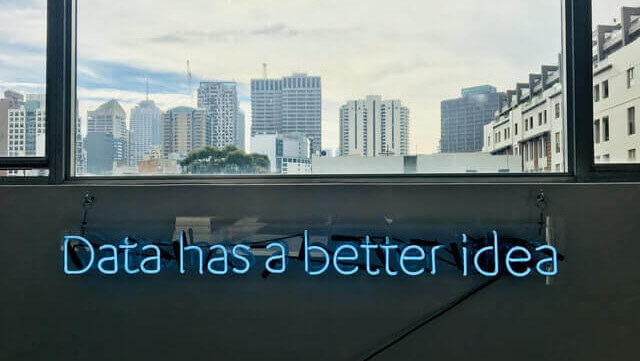
We all know the uneventful history of data collection. Annoying requests for permission to use your data in a way that is neither useful nor transparent for the customer.
NB: This is an article from Duetto
“Tick a box here to allow us to use your data however we want, without really telling you why”, or more importantly, how it will improve your guest experience. Media, entertainment, and gaming led the way in showing us all how to use data to drive revenue. Netflix understood that we purchase faster if we are told what we might like to buy, they also understood that personalization isn’t just about initial purchases, it goes a long way to securing customer retention rates too.
Subscribe to our weekly newsletter and stay up to date
A 2021 McKinsey Study on Data and Personalisation showed that companies that capture more value from data grow faster, driving “40% more revenue” from data programs with personalized sales and marketing tactics and activities.
And in 2022, the hospitality industry has come a long way too. Conversations around upselling, personalization and in-stay guest experiences are reasons enough for hotels to collect guest data to improve their trip. Business or leisure travelers, families or solo explorers, hotels know what they want, because they have tracked it and now they can target adverts and upsells to consumers everywhere they go. It works for everyone, right? The guests get a more personalized experience, and the hotels drive more revenue.
It is the practical side of total revenue management, it is the starting point. No tech stack, no marketing plan, and no sales funnel can do its job without good data – it is the earliest source of a revenue strategy.
So how do we harness the power of data to drive total revenue?
We can break it down into 3 easy stages:
Identify → Track → Maximize
1. We move from a system of record to a system of revenue.
We must know why we are collecting data before we collect it, and what we plan to do with it. When we think about data collection we are no longer talking about a database of records that we send email campaigns to, we are talking about engagement. How can we use the data we have to drive additional revenue?
We need to understand the customer profiles and behavior, and then link strategies to them to drive revenue.
2. Explain to the customer why we need to collect the information and how we will use it to improve their guest experience.
Customers are far more likely to share information with you if they believe it will help to personalize their stay and directly improve their travel experience. Once we have that information we should use it to drive them towards ancillary services and increase RevPAG (revenue per available guest) in a way that is thoughtful and personalized and therefore more likely to increase their chances of purchasing.
3. Clean up your data before you feed it into your connected tech stack.
The outputs of your revenue tech platforms rely on the inputs of good data. Whether it’s the PMS data feeding into your RMS or your guest data feeding into your upsell integration, we need strong data to go in, so strong revenue can come out.
One of Duetto’s critical steps to success is its data quality evaluation. This is the step where we partner with our properties to validate the data provided by the PMS and assist in identifying and resolving variances.
4. Know what data models make the most sense for your property.
If historical data models alone didn’t apply pre-COVID then they definitely won’t apply today. Forward-looking data is the most powerful tool we have in driving accurate forecasting. Good data analysis comes from a variety of sources to ensure that published rates are taking into account all of the data available to us:
- Forward-looking data
- Comp price data
- Market data
- Historical data
- Live booking and reservation data
- Website regrets and denials
You can consolidate all necessary data sources in your RMS to make smart business decisions, including real-time, clean internal data from your PMS and other integrations, as well as other data sources of your choosing. Combine those data sources with market-leading analytics and you have a data approach that works to drive revenue.
5. Allow data to provide you with control in an uncertain global marketplace.
We know the market is volatile and unpredictable, let’s not pretend otherwise. The “new normal” we were promised is the “continued uncertainty of an ever-changing travel landscape.” We can’t change it, so let’s embrace it. Data gives us control, it gives us access to information that we can use to drive revenue.
Moving from a system of record to a system of revenue will help hoteliers harness every revenue opportunity. However, the data must be clean and correct in the first place. Then you have to know how to use it to identify revenue opportunities. From there, you can maximize over and over again, driving total revenue.




